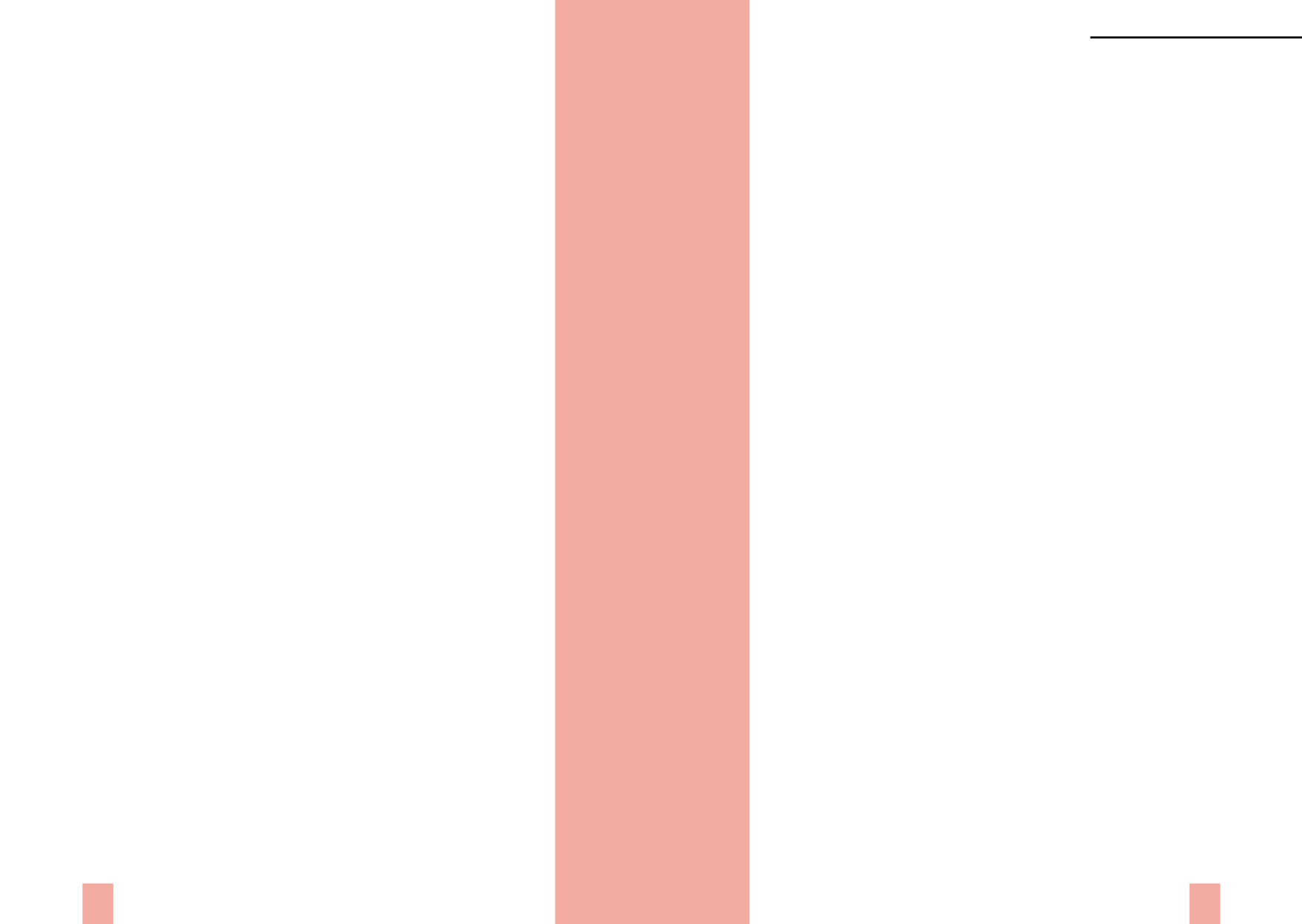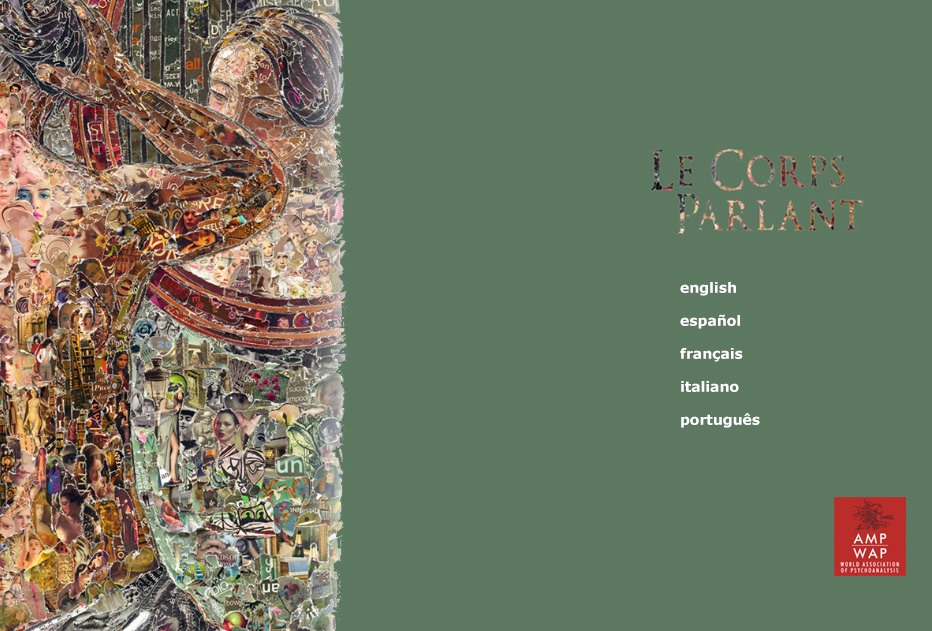

THE SPEAKING BODY
Xth Congress of the WAP,
Rio de Janeiro 2016
469
468
3.
Jacques–Alain Miller
III /a.
Parlêtre
,
Speaking–Being
III /a.1 The Psychoanalytic Courses
“The Experience of the Real in Psychoanalysis” (1999). Trans.: J.
Jauregui [LI 16, 2000]
“The subject is handled as lack-in-being. In
Seminar XX
(…) Lacan assigns
another agency to it and at the same time attempts a joint articulation of both
the subject and this other agency. He calls it the speaking being (
être parlant
).”
p. 11
“The subject, as such, is specially disjoined from the body. Lacan introduces
it, and then deals with it as a correlation, first vis-à-vis
parole
, and then as pure
correlation of the signifier. You may say that is what makes the difference with
the speaking being. If with Lacan the subject becomes the speaking being, this is
due to the agency fundamentally anchored in the body.”
p. 12
“[In]
Seminar XX
, jouissance and the subject are not cogitated under relational
auspices, and that for a very simple reason, namely Lacan gave up on the
subject. He forgoes the subject in order to invent a category, and this is the
speaking-being. Here subject and jouissance are thought together under the
auspices of a new entity: a body affected by the signifier, a body that is moved,
aroused by the unconscious.
(…) Yet, cautiously too, he wavers all previously familiar categories so that
parlêtre
could, might, substitute for the very word ‘unconscious’.”
p. 14
“Lacanian Biology and the Event of the Body” (1999). Trans.: B. P.
Fulks and J. Jauregui [LI 18, 2001]
“It is not only that the being of life is not the One of the individual, but also
that the being of life, when the body is a speaking being, is this body in pieces.”
p. 12
“The Symptom and the Body Event” (1999). Trans.: B. P. Fulks [LI
19, 2001]
“And speaking with his body is what characterizes the speaking-being (
parlêtre
).
It’s natural for man, a little dehumanized thanks to this spelling LOM, that he
speak with his body, while for the animal it’s an effect of talent.”
p. 23
“Then Lacan extracts himself from this duality to lead us to the
parlêtre
. The
parlêtre
is the union of Aristotle’s
upokeimenon
and
ousia
, the union of the
subject and the substance, of the signifier and the body. There is being, but
being in speaking, being discerned by the word. So it’s an oscillating mixture of
the lack-in-being which operates and agitates the individual.”
p. 26
“The general definition of the event producing traces of affect is what Freud
calls trauma. Traumatism, insofar as it is produced by the failure efforts of the
pleasure principle, is a factor that cannot be liquidated according to the norm
of the pleasure principle. That is to say, trauma causes the regulation of the
pleasure principle to fail. The foundational event of the trace of affect is one
which maintains a permanent disequilibrium, which maintains in the body,
in the psyche, an excess of excitation which can’t be reabsorbed We have there
the general definition of the traumatic event which will leave traces in the
subsequent life of the
parlêtre
.”
p. 27
“Until he brought in the
parlêtre
, he accounted for the body at the level of the
formula of the fantasm, which in fact writes the necessity of completing the
subject of the signifier through a corporeal element –this subject of the negative,
interval, perpetually provisional, dead, born–dead signifier– the necessity of
giving it a corporeal complement, but at a small cost, that is to say, the
petit a
.
And with that, it all adds up.
(…) You have thus some Lacanian texts which circle around, presenting the
empty face, the full face, the logical and the corporeal face of the
objet petit
a
. The term
parlêtre
dominates this dichotomy. It implies that it is the body
together, not as a whole but as the body together which is set apart, which is
there considered as affected”
p. 28
“Pure Psychoanalysis, Applied Psychoanalysis, and Psychotherapy”
(2001). Trans.: B. P. Fulks [LI 20, 2002]
“
L’Étourdit
put this structure at the level of the real. ‘The structure is the real,’
he said then. But when he separated
lalangue
from language, as grammar, as
Jacques – Alain Miller



















